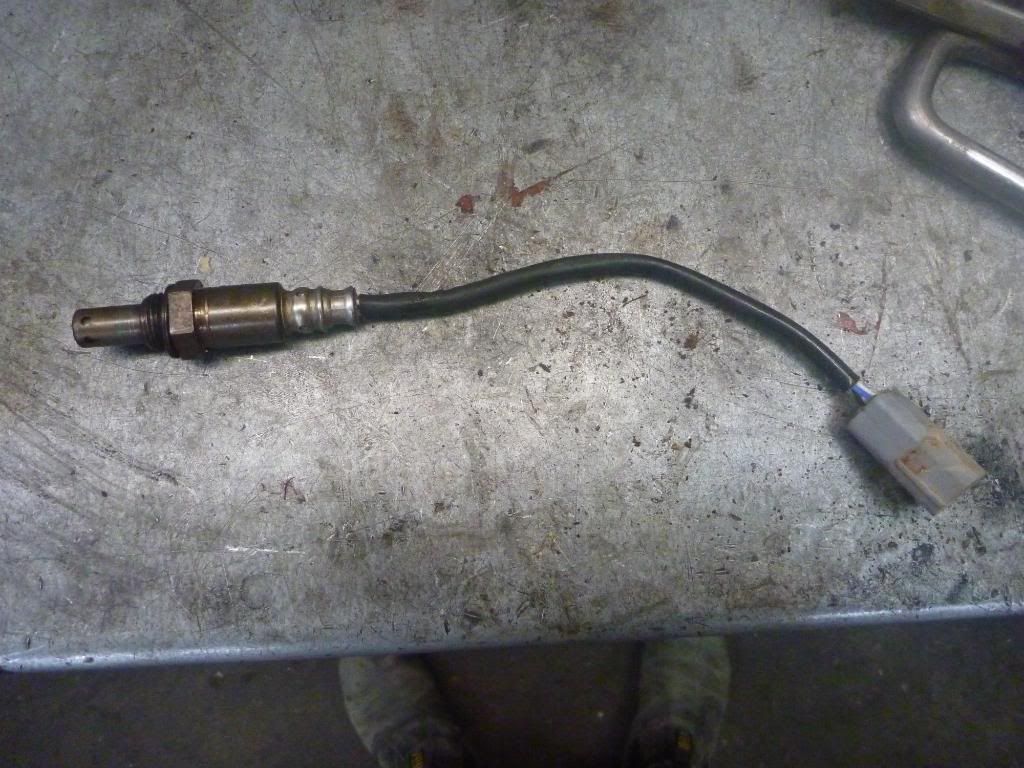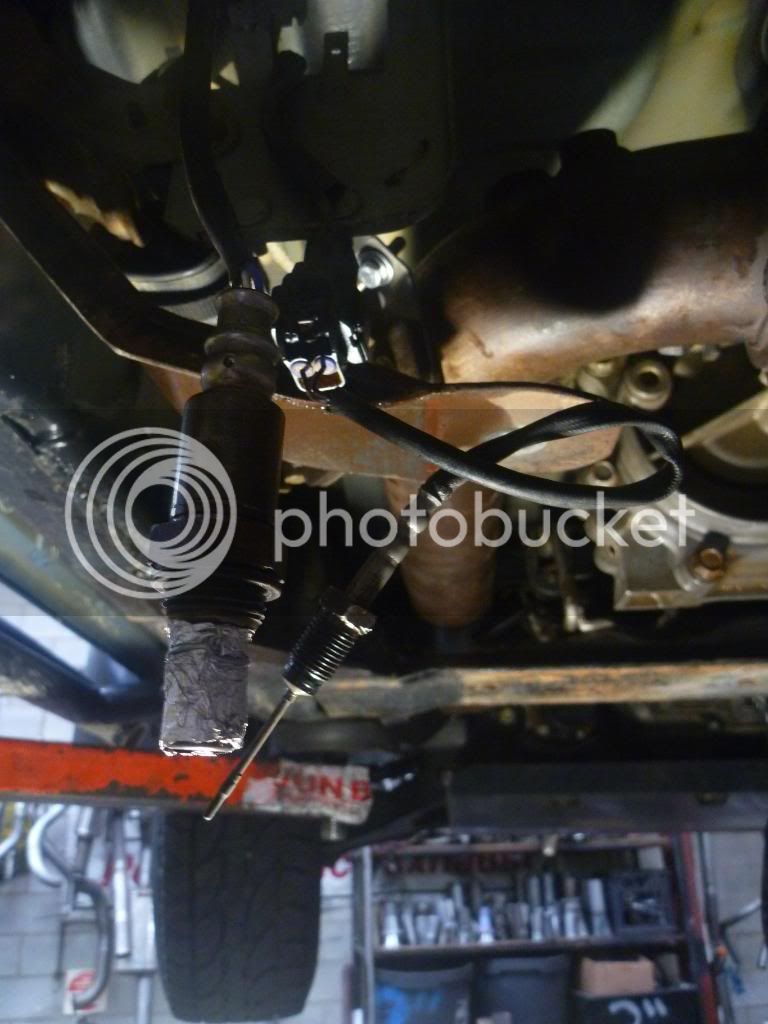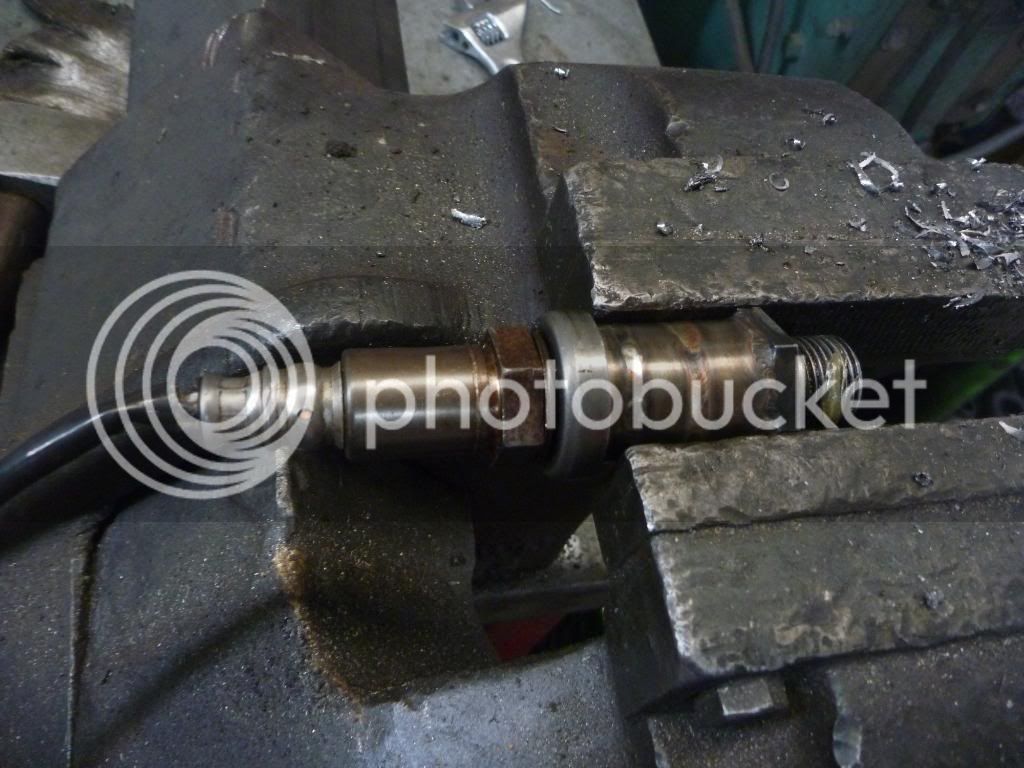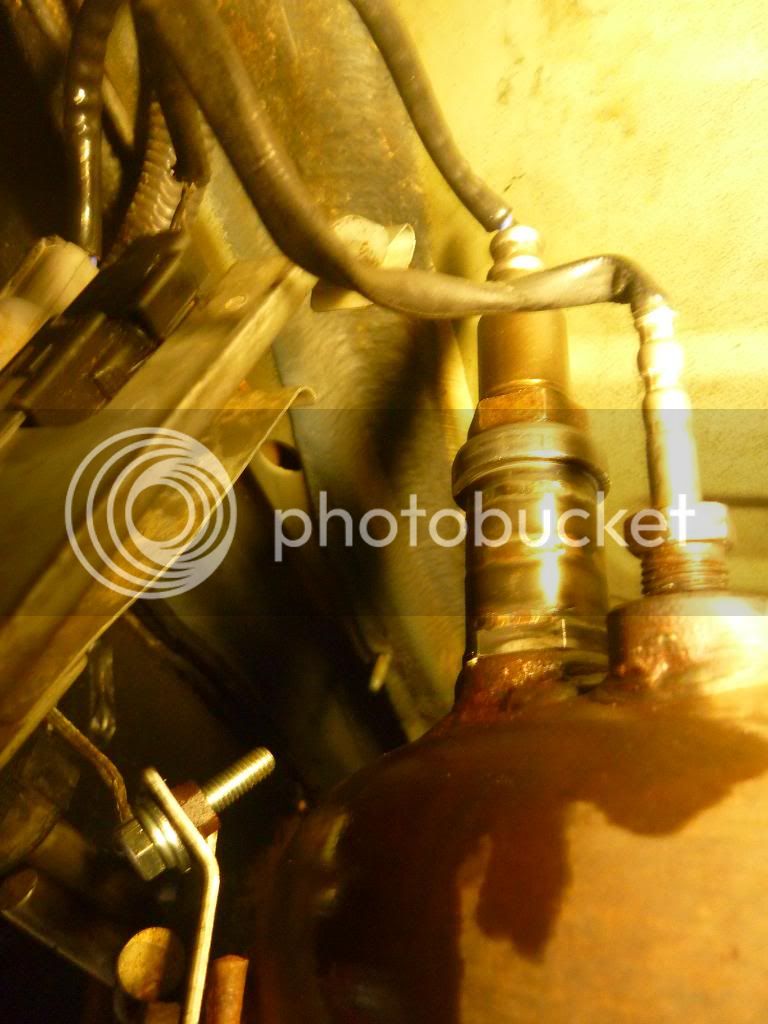Just reading up on the operation of a DPF, some types need to be cleaned from time to time, while others are disposable. One way of cleaning the buggers is to dump a squirt of fuel into the exhaust stroke, to burn the soot particles in the filter, or sometimes to deliberately introduce extra NOx to the system to burn them off. I reckon this is where the extra fuel injection is coming from.
I wonder if the O2 and temp/pressure senders are there to somehow measure the state of the DPF and the cleaning process, rather than the regular combustion process. Is it possible that as the DPF clogs up, pressure rises, and so the pressure sender is the one checking if an extra squirt of fuel is needed to clean it or not? Any other thoughts?
You're right that there is an extra squirt happening to clean the DPF. When the ECM determines that the pressure differential across the DPF is too high (there is a pressure sensor before and after the actual filter material) it decides to do a "regeneration cycle".
This regen cycle must occur while the engine temperature is normal and the RPM is 1600 or higher (equates to about 80km/h on the road in top gear). Your DPF light will NOT come on during this if it is able to conduct a regen properly - there's no need to alert the driver!
However, if it does not get the right conditions and fails several times, it will light the DPF warning light and try again. At this point even the car manual says to take it for a gentle drive at 80km/h (thus ensuring the correct engine temperature as well).
If THAT fails, the ECM forces the engine into "limp" mode. There are two ways out of that - reset the ECU and then give the ECM the conditions needed to perform a regen cycle, or take it to a dealer and get them to force a burn (about half a tank of fuel and 4 hours of hard engine operation followed by an oil + filter change and a few hundred $ handed over).
Now, back to "normal" engine operation: there are TWO kinds of squirts described for normal driving IN THE EXHAUST STROKE. One of them is designed to do the regen cycle, the other to provide reductant hydrocarbons for the CAT. "Feeding the cat" happens almost ALL the time, and this is the operation we'd like to stop.
You HAVE raised a major problem I'd overlooked. Here I am going "let's stop these exhaust stroke injector cycles" and I WANT to keep my DPF intact - if we stop the exhaust squirts altogether, it'll never do a regen and will cause huge amounts of grief not much further down the highway.
Thanks for waking me up!
It makes the thing more complicated, and moves away from the simple "ignore injector commands" - now it looks like the ECM will need some reprogramming. If it's an EEPROM holding the instructions we might be able to manage it - time to start looking into that.
Bloody complex little shit of a thing, isn't it?












